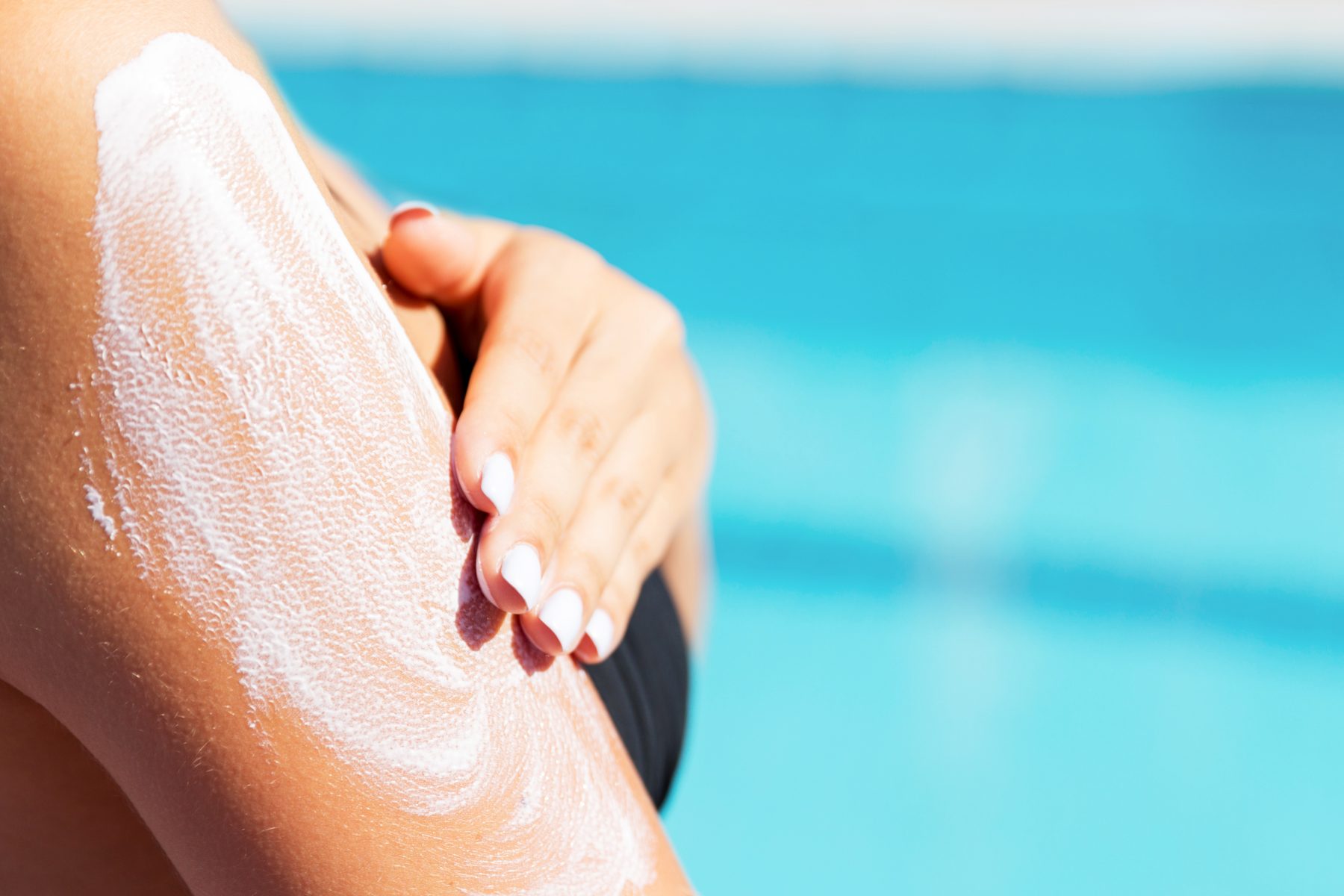CBD, health, TESCosmetics
Are there Different Types of Sunscreens?
Are there Different Types of Sunscreens?
There are two main categories of sunscreens – chemical sunscreens and mineral sunscreens. Whether mineral or chemical, sunscreens are graded by SPF, or sun protection factor. The SPF of a sunscreen tells you how much longer the Sun’s UVB rays would take to burn your skin. For example, SPF30 protection would take thirty times longer to cause you to burn than if you were not wearing it because it allows about 3% of UVB rays to penetrate your skin. It is important to reapply sunscreen throughout the day, and wear UV blocking hat and sunglasses. Sunscreen alone is not complete protection from the sun.
Mineral sunscreens act as a physical barrier by sitting on top of the skin. Mineral sunscreens protect against both UVA and UVB rays because they deflect the sun by acting like a reflective surface. Since mineral sunscreens create a physical barrier, they are effective immediately upon application. Mineral sunscreens are sometimes visible with flash photography because they white cast the skin. Nanotechnology can minimize the white cast by making the particles smaller. Mineral sunscreen needs to reapplied frequently, especially with water play or sweating because it will wash off. The active ingredients in mineral sunscreens are titanium dioxide and zinc dioxide, either alone or combined. Always look for Broad Spectrum sunscreens which can protect you from both UVA & UVB rays.
Chemical sunscreens are formulas which require you to apply your sunscreen fifteen minutes before sun exposure. Chemical sunscreens are absorbed into the skin and the product works by absorbing UV rays, converting them into heat, and then releasing it from the skin. It may not protect from all UV rays. There are some downsides to chemical sunscreens. Chemical sunscreens can clog pores and be problematic for acne-prone skin. The chemical process of heating UV rays in the skin can also cause an increase in hyperpigmentation if not combined with a mineral ingredient. Chemical sunscreens are known to absorb into our bloodstream. Their popularity comes from how quickly they absorb into the skin, limiting any residue on the skin as well as eliminating the white cast which can be aesthetically displeasing—especially in photographs.
It is also a common misconception that chemical sunscreen does not need to be reapplied. Always reapply your sunscreen throughout the day. The active ingredients in chemical sunscreens are oxybenzone, avobenzone, octinoxate, octocrylene, octisalate, homosalate— or any combination of the above.

References
https://www.aad.org/public/everyday-care/sun-protection/sunscreen-patients/sunscreen-faqs
https://www.fda.gov/drugs/understanding-over-counter-medicines/sunscreen-how-help-protect-your-skin-sun
https://www.skincancer.org/blog/ask-the-expert-does-a-high-spf-protect-my-skin-better/
https://www.thorne.com/take-5-daily/article/pros-and-cons-of-different-types-of-sunscreen



